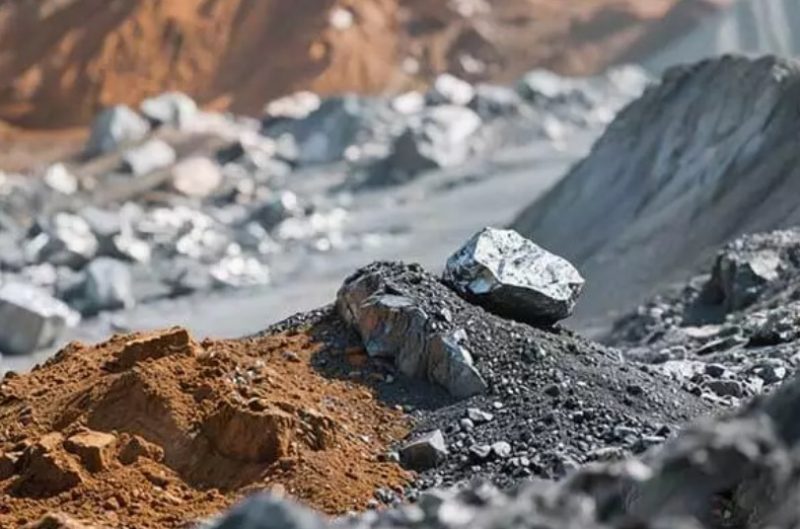
The US government recently announced a rare earth pricing system to weaken China’s market control. China controls 90% of rare earth supply, using low prices to discourage investment elsewhere. The new system guarantees a minimum price for MP Materials, the only domestic rare earth miner. This price is nearly double the current market rate. The move encourages Western miners to boost production of metals like neodymium and praseodymium. These metals are essential for EV motors, wind turbines, and military technology.
MP Materials, based in Las Vegas, plans to increase magnet production at its Texas plant by late 2025. Eventually, output will meet US magnet demand. The Department of Defense (DoD) will become a major shareholder. It will pay MP Materials the difference between guaranteed minimum and market prices. Analysts expect the pricing system to raise global rare earth prices. It may also encourage companies like Solvay and Aclara Resources to expand and invest.
Implications for Global Rare Earth Market and Supply Chains
The new US pricing system changes rare earth market dynamics significantly. By setting a $110 per kilogram floor price, the US challenges China’s dominance. This could push prices higher worldwide. Automakers and manufacturers relying on these metals might face rising costs. However, the system could stabilize and diversify global supply chains for critical materials.
Western governments have struggled to compete with China’s pricing strategy. China’s low prices have limited investments outside Asia. The DoD-backed pricing deal boosts domestic mining and magnet manufacturing. It aims to meet growing demand for rare earth permanent magnets. Global demand for these magnets will more than double in the next decade. The US expects a 17% yearly growth rate in magnet consumption.
SuperMetalPrice Commentary:
This US rare earth pricing plan marks a pivotal shift in the metals market. It pushes for stronger supply chain resilience and independence from China. Although higher prices may increase costs for consumers, securing access to critical materials offers long-term benefits. These materials are vital for electric vehicles, renewable energy, and defense industries. Market watchers should track MP Materials’ output and global competitor reactions closely. This pricing floor could reshape investments and geopolitics in the rare earth sector.




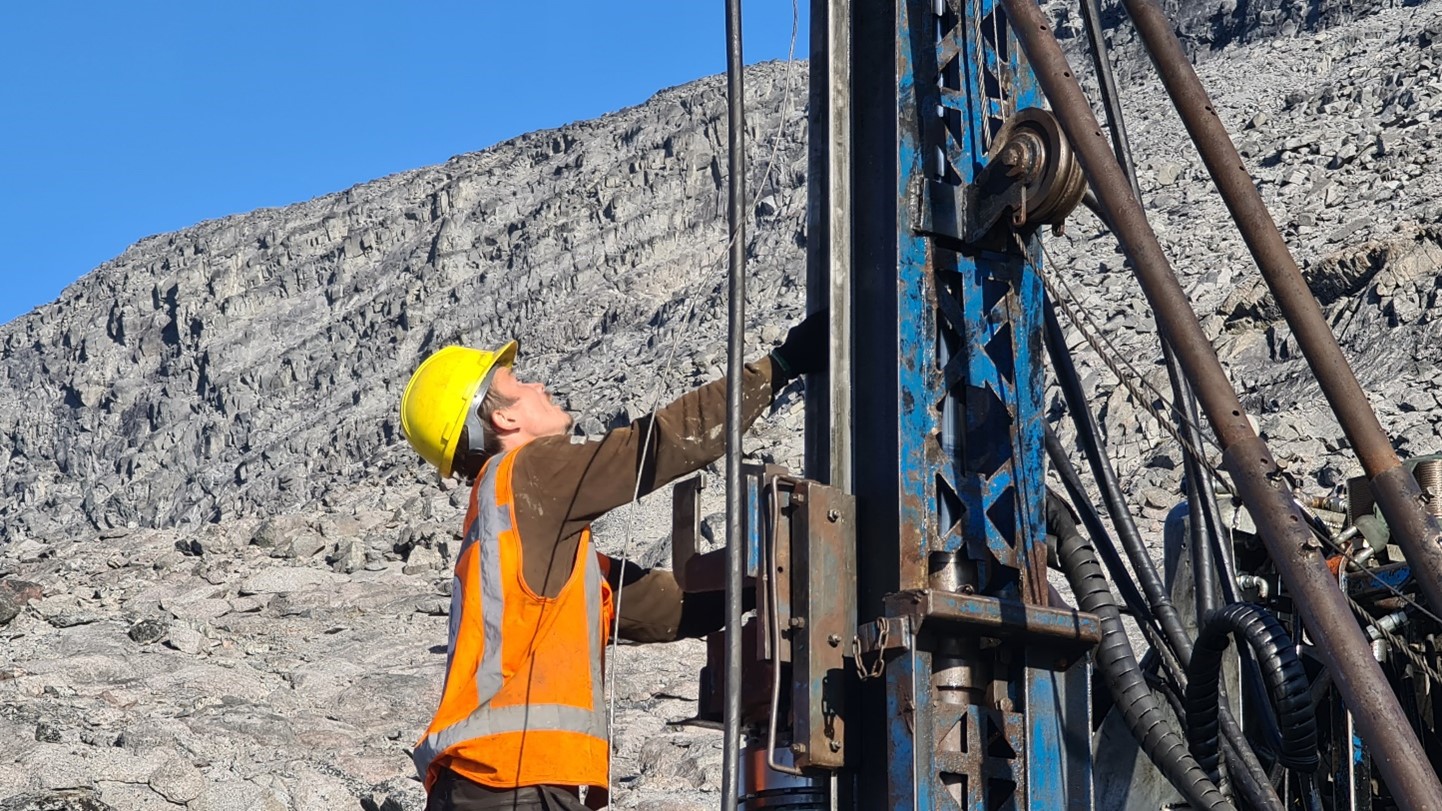



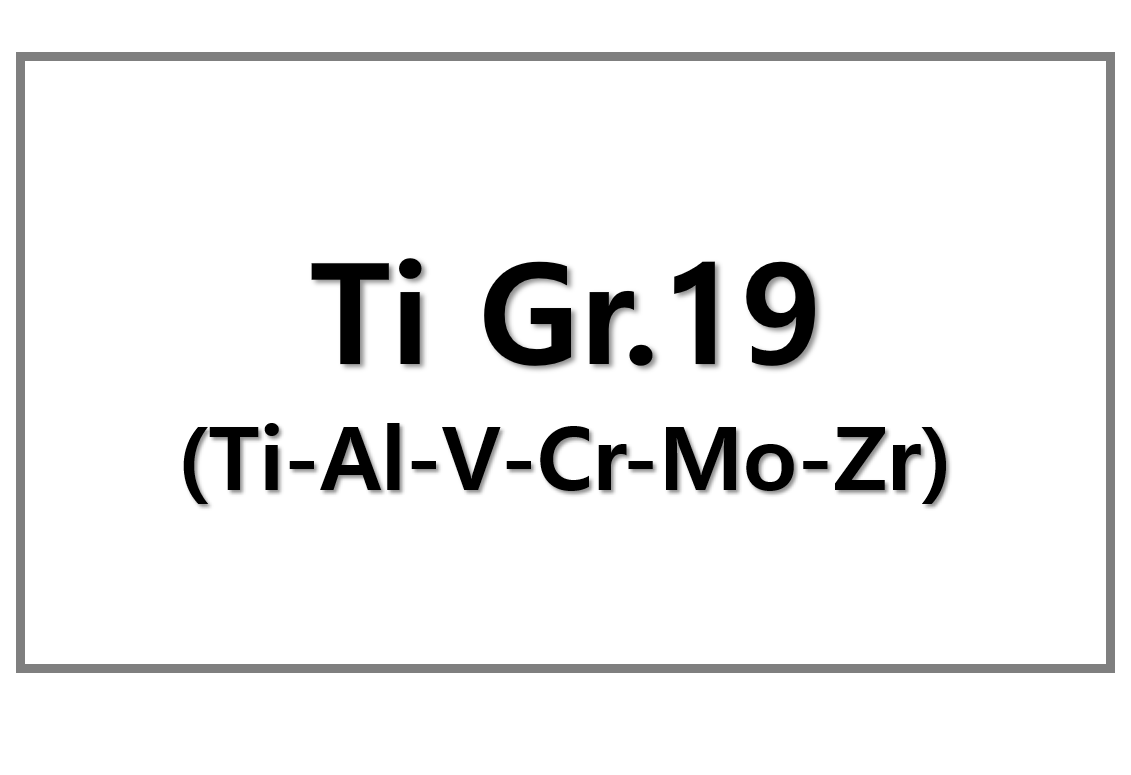
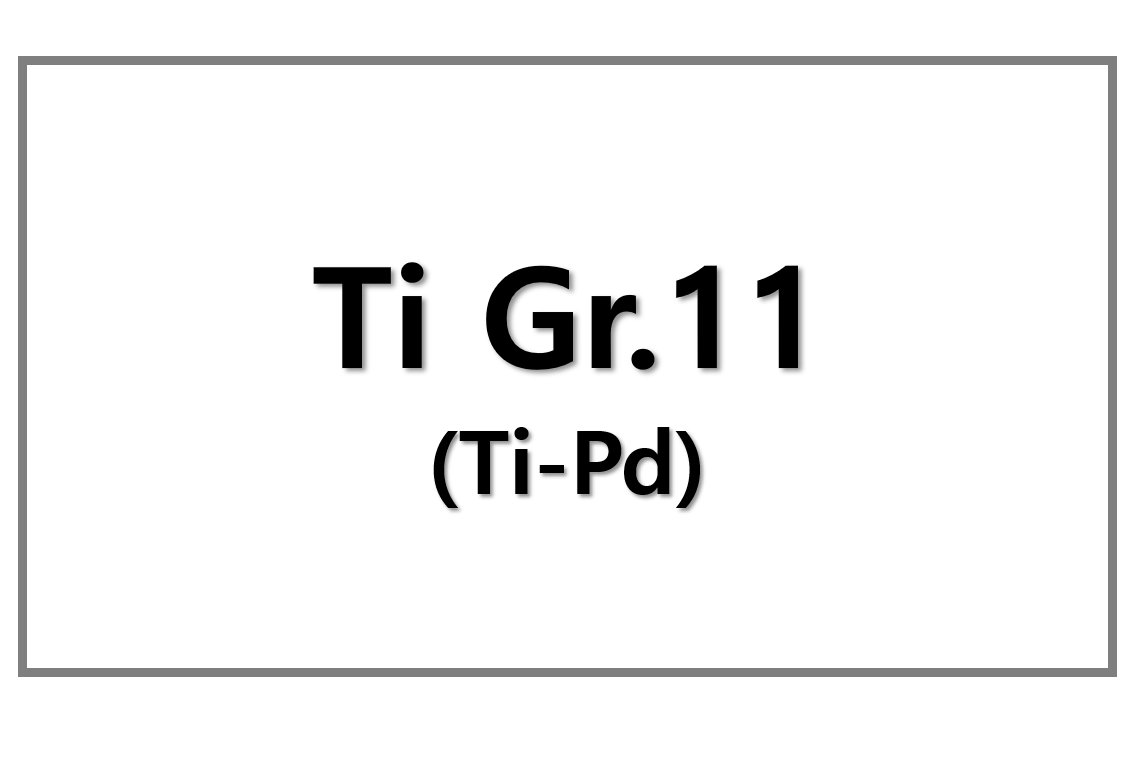
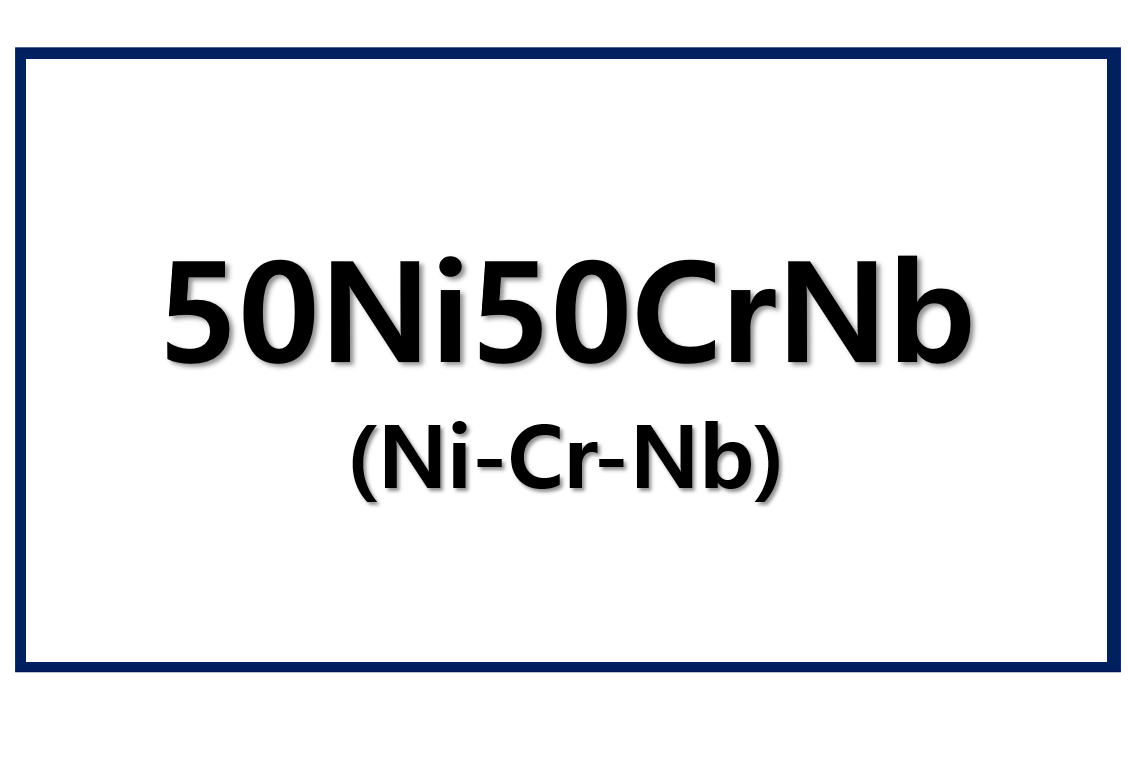
Leave a Reply
You must be logged in to post a comment.